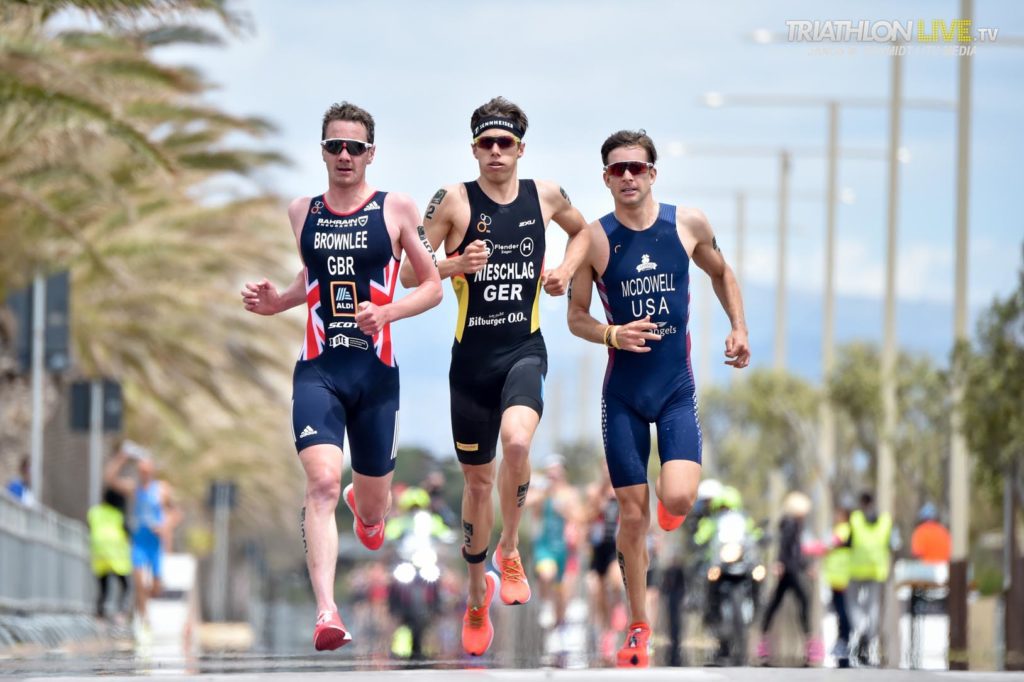Three triathlon brick workouts
How does the old saying go? Practice makes perfect.
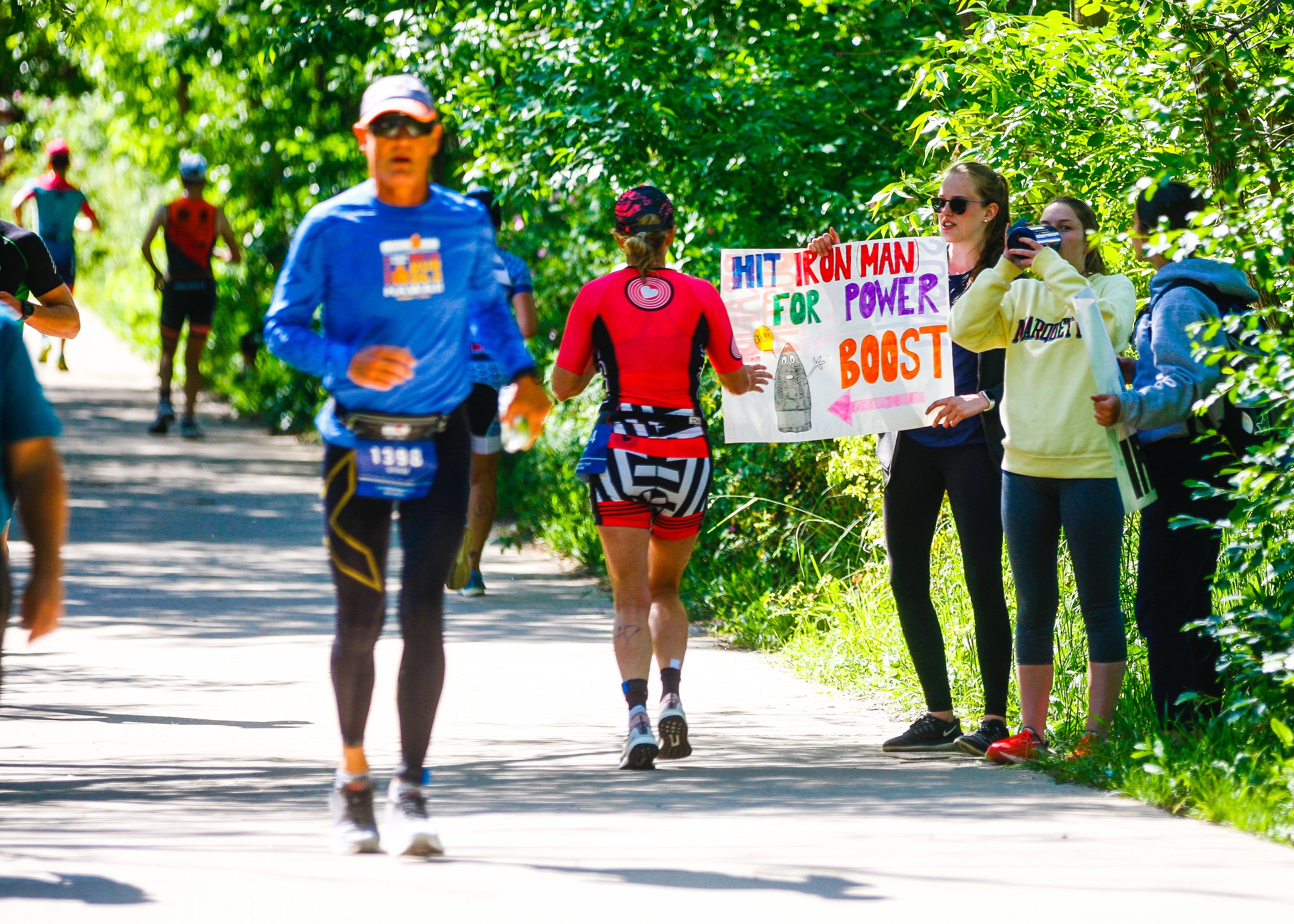
Brick workouts are back-to-back sessions of swimming, biking and/or running. Using brick workouts in training will help you increase frequency (get more workouts in), develop pacing strategies and develop transition skills.
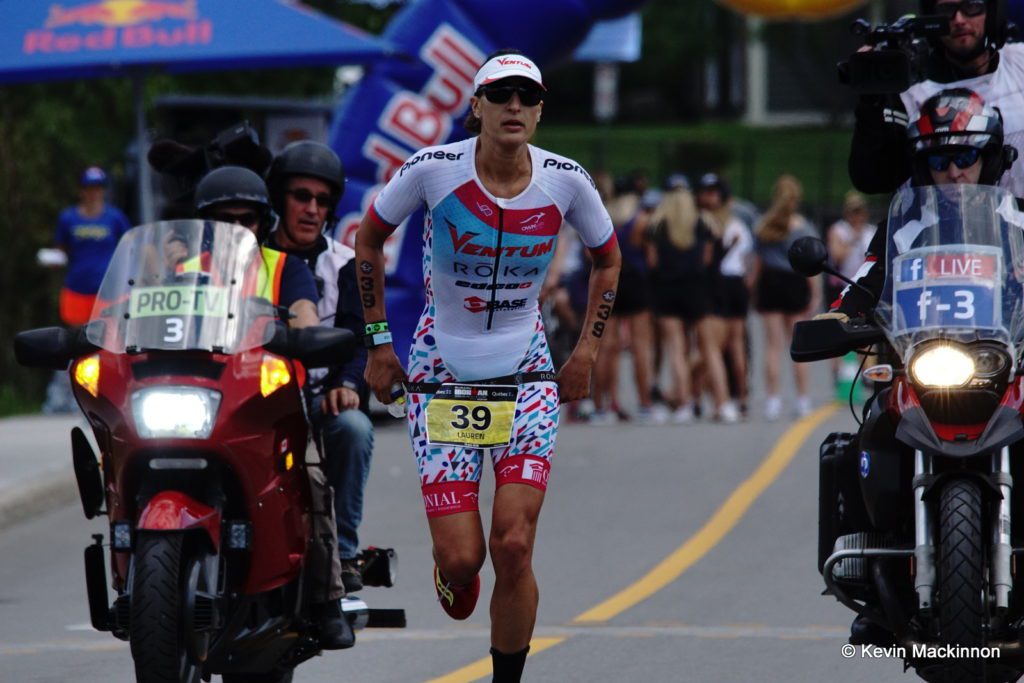
The following are examples of how to incorporate brick workouts into your program. Brick workouts are unique to triathlon and offer sport-specific training, but overall the first job in training is to arrive as fit and fresh as possible, so don’t overdo this type of training.
Frequency Bricks
Sandwiching a bike and run together is time effective. Immediately heading out for a short, easy run after a bike is a great way to increase run frequency and add some beneficial aerobic training hours to your program.
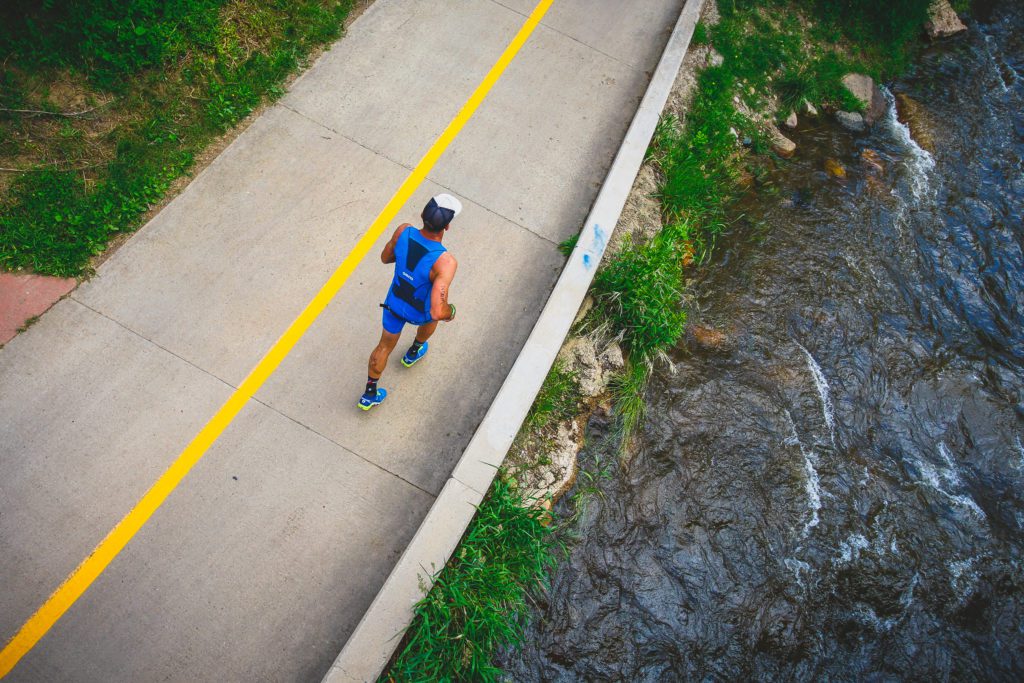
Related: Sprint and Olympic triathlon brick workouts
There are no bonus points in training for running off the bike versus a longer run session. Completing a run workout on tired legs improves confidence, creates familiarity with how running off the bike feels and adds an additional run session that otherwise might not happen. Most of the time, running off the bike is simply better than running less because of time constraints.
Frequency bricks can be swimming immediately followed by a bike workout, or biking immediately followed by a run. The frequency run would be anywhere from 15 to 30 minutes of mostly easy running or a little bit of fartlek or leg speed work to encourage good turnover off the bike.
A second frequency brick is simply riding immediately after a swim. This is another time- effective way of increasing the overall volume of a workout. Cycling right after swimming will reproduce the energy deficit athletes feel coming out of the water in an Ironman. This is a great time for practicing on the bike nutrition and creating a longer endurance day.
Related: Ironman Training: The big brick session
Sample Frequency Brick
- The main workout is the bike effort, with the run added to increase the number of run sessions (and potentially a small amount of moderate run intensity).
- BIKE: 2 hours with 3 x 10 min moderate with 5 min rest
- RUN: 20 min off the bike easy (or with the first 5 min at race pace)
Pace-Development Bricks
Pace-development bricks are part of a race preparation phase. In this phase, workouts should mirror the effort and pacing of the coming event. Pace-development bricks are useful for practicing the rhythm and effort of race pace. Nailing race pace is important because every effort over your threshold burns a “match” that you may need for a strong finish. Using these brick workouts indicates your current sustainable paces. Hard runs off the bike can take a significant amount of time to recover from and affect overall consistency. If they are long and hard enough, they can take as long to recover from as a race. These bricks should be planned infrequently as part of a race buildup for pace-development with specific work on the individual sports planned more often.
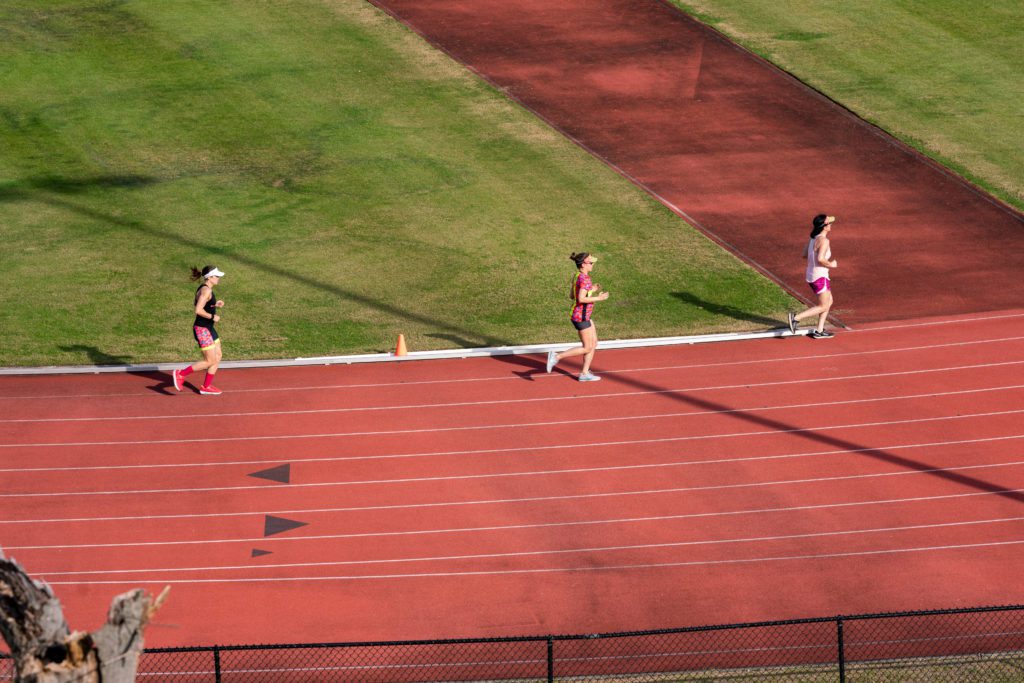
Changing muscle groups from swimming to cycling and then to running is uncomfortable. These race-pace bricks are effective to prepare for the discomfort of race pace and sport transitions. Even if you are fit, having some experience with these feelings helps you manage them better in the race. A lot of race success is managing your mind. These workouts help you prepare for the thoughts that will pop into your head when you are in the middle of a race feeling uncomfortable.
Sample Pace-Development Brick
- 20 min warm-up on the bike plus 10 min run easy with 6 strides (approximately 100 m focussed on turnover)
- 3x 5 min at hard race tempo on the bike, transition to 2 x 600m at run race pace (5 to 10K pace, not 400 m pace) with 400m jog recovery
Skill-Development Bricks
Knowing what to do when moving from one sport to the next, and what that feels like, is great for making the pacing and coordination automatic. Skill-development bricks are used to make the action of transitioning from one sport to the next instinctive.
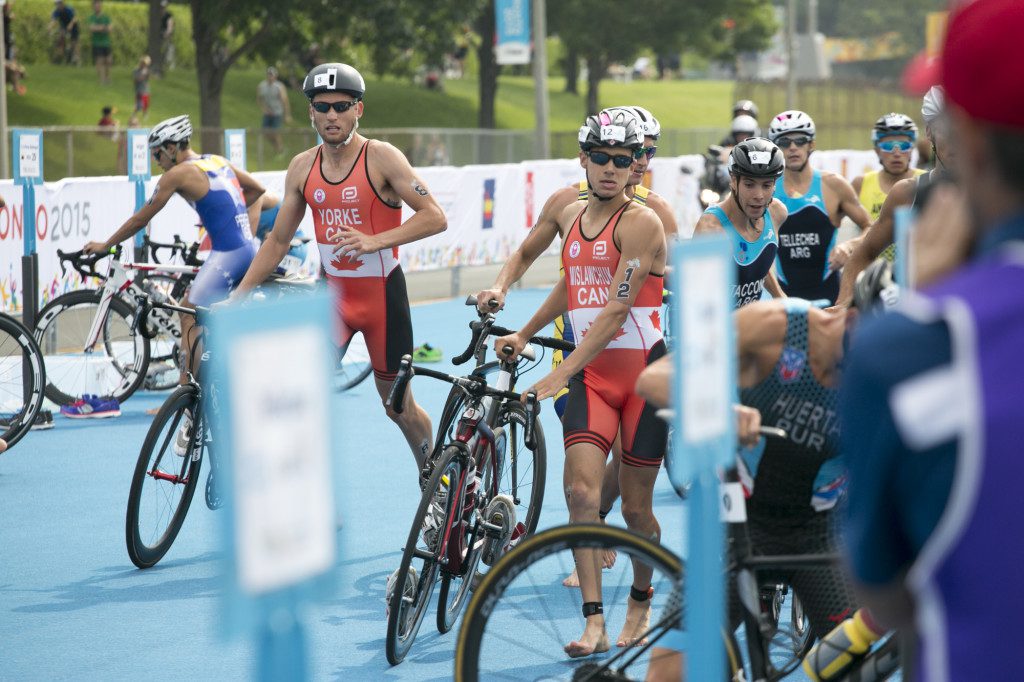
Creating a mock transition for race-specific conditions is the best way to work on transition skills. Both swim-to-bike and bike-to-run transitions should be rehearsed.
Place your bike, bike shoes, helmet and run shoes in the mock transition area close to where you will perform the workout. Include interval training at race pace before you move to the transition area. It is more realistic to make decisions in the transition area with your heart rate elevated versus at rest. As the saying goes, “Perfect practice makes perfect.”
Sample Skill-Development
- Ideally, you would time your transition segments to gauge improvement.
- 10 min warm-up on the bike
- 5 min of hard race pace (either on a trainer or outside)
- Ride bike to mount line (if outside) and hop off to push bike into transition
- Perform run transition (remove helmet, put on shoes/hat/glasses)
- Run 200 to 400 m at 5 or 10K race pace
- Set up the run transition again and ride 10 min easy
Melanie McQuaid is a three-time XTERRA and two-time ITU Cross Triathlon World Champion, professional triathlete and coach at MelRad Multisport: melrad.com.
